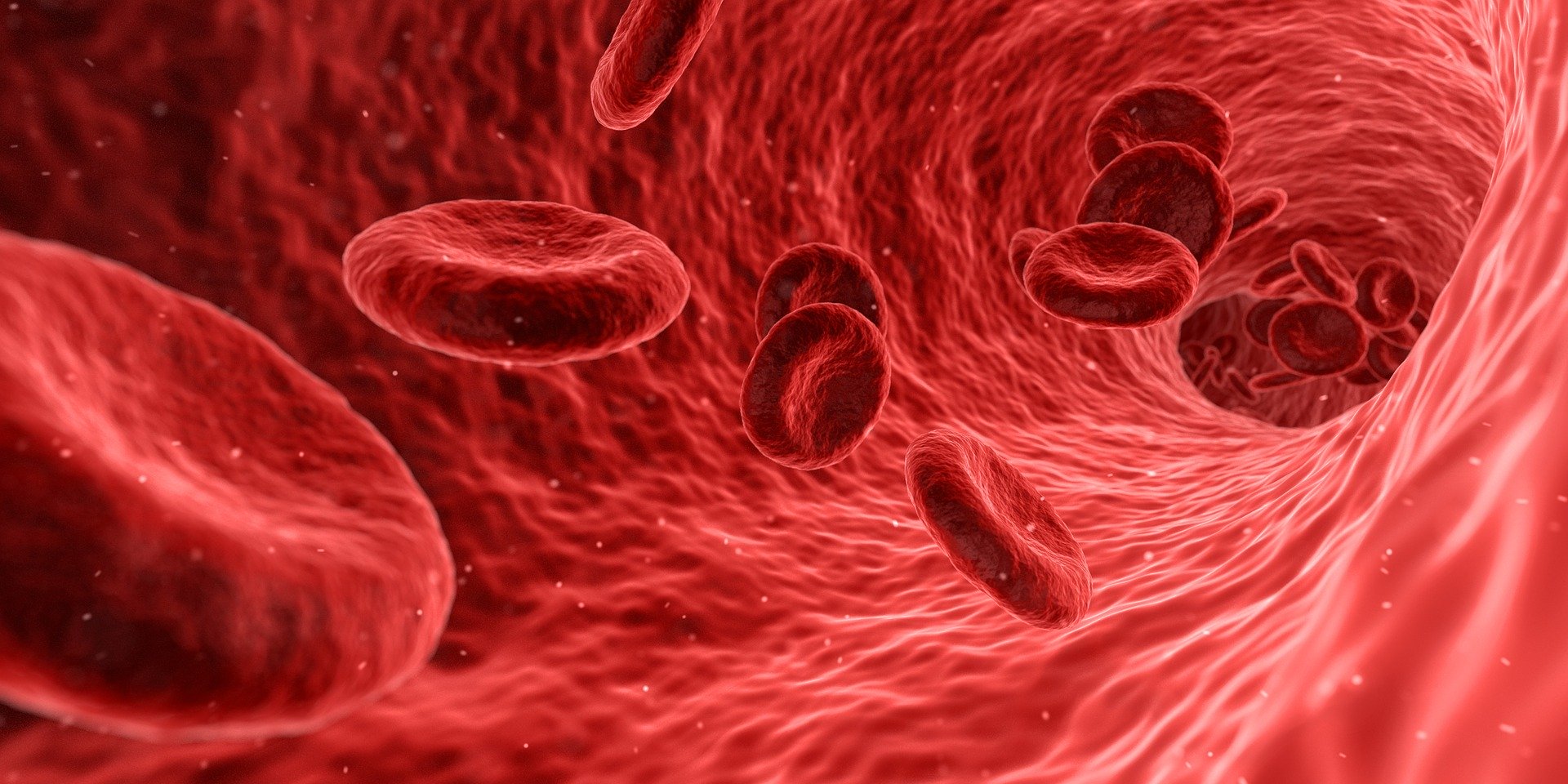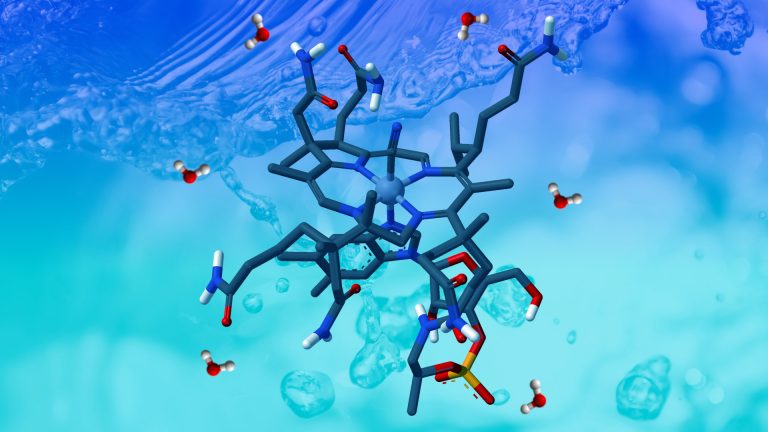Malaria fight goes on for decades and various compounds have been synthesized so far to serve as an effective drug in this health battle. Each time scientists are one step closer to winning.
Malaria is a disease caused by the Plasmodium species parasite. People infected with malaria typically get very sick and experience a high fever, chills and muscle aches. Stillness and death can usually be prevented if it is treated from the early stages.
What actually happens inside the human body?
When malaria parasites enter our body, they travel straight to the liver where multiply and mature. Parasites are then released into the bloodstream, where they invade and infect red blood cells. The parasites then continue to multiply and infect other red blood cells, and these cells eventually rupture and release toxins, causing a person to experience flu-like symptoms. As the disease progresses, the liver and spleen—which filters and stores blood—can enlarge, causing even bigger problems.
Treatment
Vaccination, vector control and/or new parasiticidal drugs are attempts to contain the spread or even terminate the disease. One way to prevent getting bitten by an infected mosquito is to use insecticide-treated nets which repel these pesky pests.
In a paper published in the journal Chemia Naissensis (CN: Vol 2, No 2), Dr. Biljana Arsic and Dr. Jill Barber stated:
[T]here is widespread resistance to existing anti-malarial drugs. Also, many studies have been conducted into the development of prophylactic treatments (especially vaccines). The most promising vaccine to date is a recombinant protein-based RTS, S/AS01 vaccine. One of the drawbacks of this vaccine is that children treated with this medicine show an elevated risk of meningitis infection.
Even though it exists, the treatment itself is risky, especially for small children. Therefore, the fight against malaria continues.
In this short communication, the scientists have introduced a model of the apicoplast ribosome exit tunnel, which, as they say, may be an important drug target in the fight against malaria.


